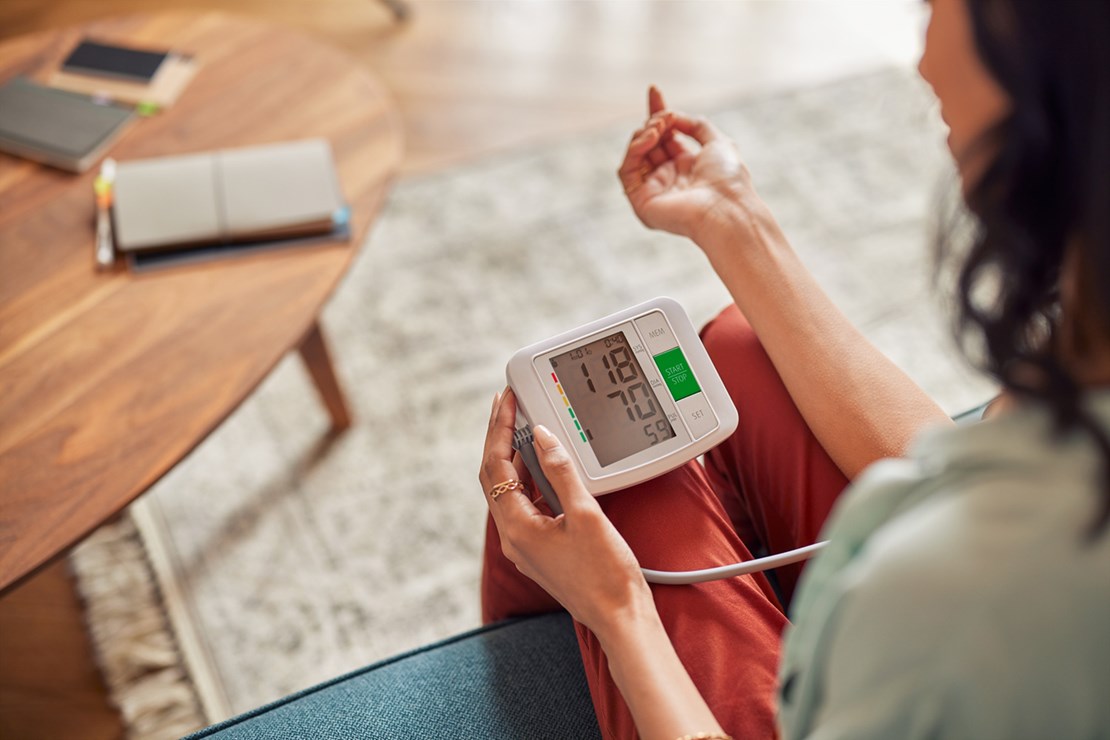The NHS Virtual Wards programme aims to widen the successful rollout of virtual wards. Understanding the virtual ward workforce configuration and its correlation with key metrics, such as occupancy and length of stay, is key to this ambition.
The NHS England Elective Workforce Recovery team commissioned Arden & GEM to undertake quantitative and qualitative analysis to identify relationships between workforce and operations.
A multidisciplinary project team completed the analysis, delivering a final report by the agreed deadline. As well as a statistical and thematic analysis of hypotheses and challenges, the report also provided practical recommendations for the national support team covering funding, governance and peer support.
The challenge
Virtual wards allow patients to receive hospital-level care at home, safely and in familiar surroundings. Patients on virtual wards are cared for by a multidisciplinary team and are reviewed daily by clinicians. This may be remotely, using data from technology such as apps, wearables or medical devices, through video consultations or via home visits. Not only can this help to speed up recovery but it can also free up hospital beds for patients that need them most.
The NHS Virtual Wards programme aimed to have 10,000 virtual ward beds operational by the end of September 2023. This ambition was met, however, there remains variation in bed occupation rates. As part of its plan to widen the successful rollout of virtual wards, the NHS England Elective Workforce Recovery team wanted to better understand workforce configurations and how they correlate with key metrics such as occupancy and length of stay.
Our approach
NHS England commissioned Arden & GEM to undertake:
- exploratory analysis to identify potential correlations between workforce and process/outcome metrics and statistical analysis to investigate a number of hypotheses
- qualitative analysis to identify relationships between workforce and operations and thematic analysis of challenges.
The Arden & GEM project team brought together advanced analytical expertise with consultants experienced in thematic reviews and evaluation of services, national programmes and systems for the qualitative analysis.
A light touch approach to project management was adopted, in agreement with the client, to maximise the capacity available to spend on analysis. Regular updates were provided via Teams meetings and emails.
Statistical analysis
Arden & GEM’s Advanced Analytics Unit began by reviewing and cleansing existing audit data from 200 virtual wards and linking this to staffing data.
Close collaboration with domain knowledge experts from NHS England was prioritised, with work undertaken to identify important outcome metrics, key workforce groupings and influential virtual ward features.
The team undertook exploratory analysis, calculating descriptive statistics to summarise and explore key trends. These were shared with NHS England and a set of hypotheses to be investigated was agreed on. The appropriate statistical tests were performed against these hypotheses, determining the significance of the results, and validating the size and direction of observations made in the exploratory analysis.
Findings from the quantitative analysis examined the impact of senior decision maker presence, technology, point of care testing, allied health professionals, advanced health professionals and advanced clinical practitioners on:
- average length of stay
- ward throughput
- discharge destination.
Different data visualisation techniques were used to present the analysis in the most accessible and meaningful way, with all definitions, limitations and caveats clearly explained.
Qualitative analysis
At the end of 2023, NHS England undertook a series of a interviews, roundtable discussions and online surveys to gain ‘soft’ qualitative insights into virtual ward workforce issues. This exercise captured feedback from almost 300 stakeholders.
The Health and Care Transformation team at Arden & GEM undertook a desktop analysis of this data – including transcripts, notes and video recordings – and synthesised the findings into emerging themes. These early findings were shared with the client to check they were in line with expectations before agreeing these as a framework for the full analysis.
Key themes explored within the qualitative analysis included:
- factors attracting staff to work in the virtual ward service
- staff experience
- recruitment challenges and their impact on the virtual ward and wider system
- specific considerations for frailty virtual wards
- potential solutions and initiatives
- recommendations for national team support.
While work took place independently on the two pieces of analysis, team members were in regular contact with one another to sense check findings and to ultimately draw these together into one coherent summary, with supporting presentations, for the client.
The outcomes
The final project outputs were completed by the agreed deadline and included:
- An executive summary slide pack which succinctly covered the data, approach, themes and findings
- A quantitative analysis report covering data adjustments and groupings, initial observations and conclusions
- A qualitative analysis report which detailed a thematic analysis of challenges.
Findings from both elements were also synthesised to provide practical recommendations for the national support team covering funding models, clinical governance, peer support and developing consistent performance metrics.
"Thank you for the reports you submitted. We’ve been really impressed by the quality of the qualitative and quantitative work and are also grateful to the team for helping with our follow-up questions on some of the technical aspects of the data analysis."
Clare Collyer, Head of Workforce Design
Supply & People Services Development, Workforce Training and Education Directorate at NHS England
